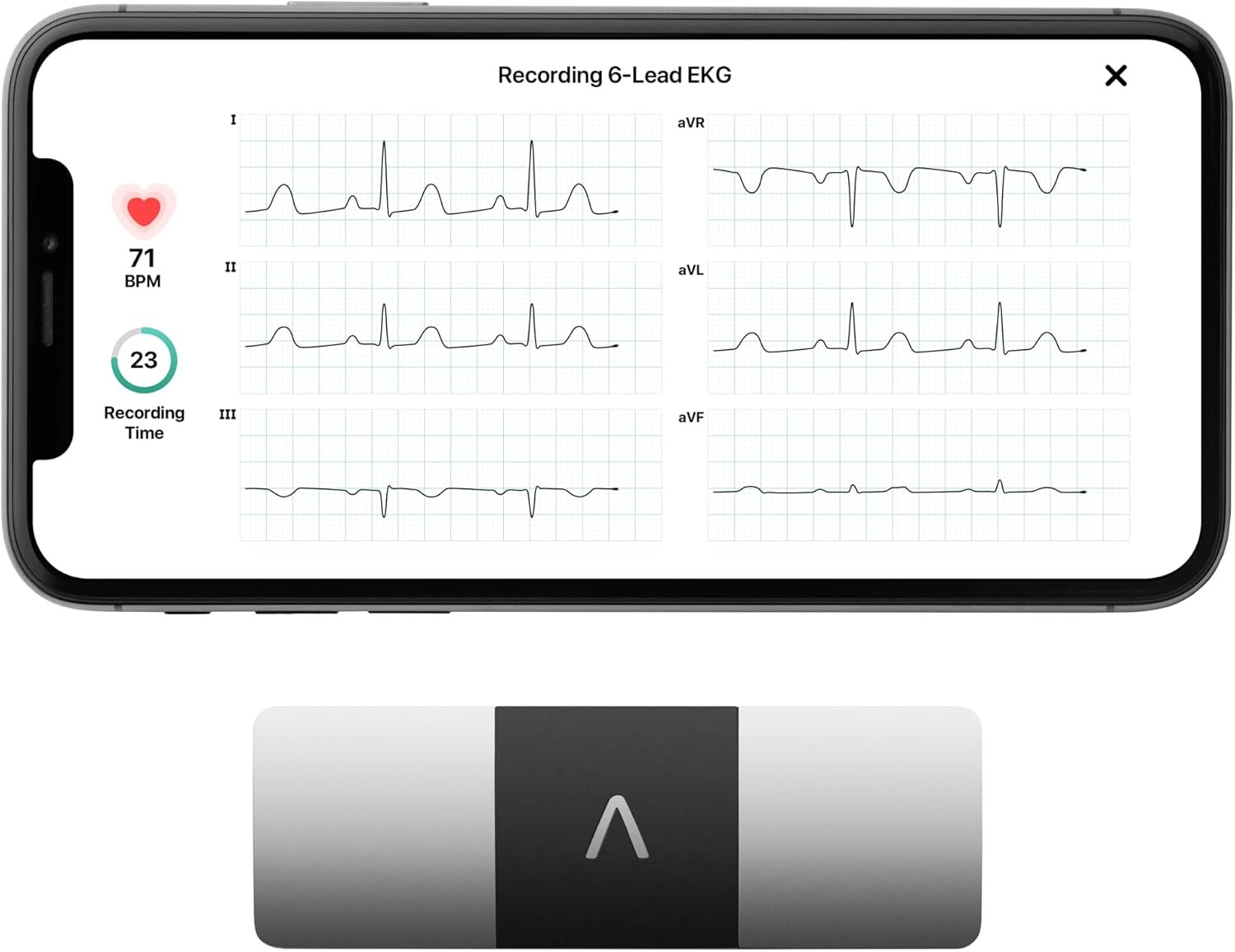Balancing cardio and strength is one of the most debated topics in the fitness world. In one corner, you have the endurance athletes who swear by the runner’s high and endless miles. In the other, you have the powerlifters who preach that the barbell holds the answer to everything. For the everyday person trying to get fit at home, this leaves you stuck in a confusing middle ground: Should you run then lift? Lift then run? Or just keep them on separate planets?
The truth is, this isn’t a battle to be won by one side. The real magic happens when you stop seeing them as opponents and start treating them as partners.
Cardio and strength training are two sides of the same wellness coin. One builds the engine, and the other builds the chassis. A truly effective, resilient, and capable body needs both. This definitive guide will end the confusion. We’ll break down the science of why you need both, the strategic principles of how to combine them, and provide sample schedules you can use this week to build a stronger, leaner, and healthier you.

Table of Contents
The Case for Cardio: More Than Just Burning Calories
Cardiovascular exercise, or “cardio,” is any activity that raises your heart rate for a sustained period. While it’s often associated with running on a treadmill, its benefits go far beyond just torching calories.
- Unbeatable Heart Health: This is the big one. Cardio strengthens your heart muscle, allowing it to pump blood more efficiently. This leads to a lower resting heart rate, reduced blood pressure, and a significantly lower risk of heart disease.
- Boosted Endurance and Stamina: Consistent cardio increases your VO2 max—the maximum amount of oxygen your body can utilize during exercise. In practical terms, this means you can climb that flight of stairs without getting winded or play with your kids without getting tired.
- Powerful Mental Health Benefits: Cardio is a proven mood booster. It releases endorphins, which have stress-relieving and pain-reducing effects. It’s one of the most effective and accessible tools for managing anxiety and improving overall mental clarity.
- Efficient Calorie Burn: While it’s not the only reason to do it, cardio is excellent at burning calories in a single session, making it a crucial component of any fat loss plan.
The Power of Strength: Building Your Body’s Engine
Strength training, also known as resistance training, involves using resistance (your bodyweight, dumbbells, bands) to build muscular strength and endurance. Its benefits are profound and absolutely essential for long-term health.
- Metabolism Supercharger: Muscle tissue is metabolically active, meaning it burns calories even when you’re at rest. The more muscle you have, the higher your resting metabolic rate, turning your body into a more efficient fat-burning machine 24/7.
- Stronger Bones: Resistance training places stress on your bones, signaling your body to increase their density. This is one of the most effective ways to combat age-related bone loss and osteoporosis.
- Improved Body Composition: Strength training is the key to building a leaner, more “toned” physique. It builds muscle and reduces fat, changing the way your body looks and the way your clothes fit, often more dramatically than weight loss alone.
- Enhanced Functional Strength: This is about making daily life easier. Carrying groceries, lifting your luggage into an overhead bin, or picking up your child all become easier and safer when you are strong.
The Golden Rule: Your Primary Goal Dictates the Balance
So, how do you combine them? The answer depends entirely on what you want to achieve. Your primary goal is the compass that guides your schedule.
- Goal 1: Maximum Fat Loss: Your focus should be a near-equal split, with a slight edge towards total calorie-burning activities. You’ll use strength training to build and preserve muscle (which keeps your metabolism high) and a mix of HIIT and steady-state cardio to maximize calorie burn. Balance: ~50% Strength / 50% Cardio.
- Goal 2: Maximum Muscle Gain: Strength training is the undisputed king here. Your energy and focus must be on lifting heavy and progressively. Cardio becomes a supporting tool for heart health and to keep you lean, but it should be low-intensity so it doesn’t interfere with your recovery. Balance: ~70-80% Strength / 20-30% Cardio.
- Goal 3: General Health & Fitness: Here, the goal is a balanced, sustainable routine. You want the heart-health benefits of cardio and the metabolic and strength benefits of resistance training in equal measure. Balance: ~60% Strength / 40% Cardio.
Take the Guesswork Out: The Tool for True Balance
Understanding that your goals dictate your schedule is the first step. The next is knowing if you’re truly hitting the right intensity levels. Is your “easy jog” really low-intensity? Are you recovered enough for your next set of squats? To stop guessing and start training with precision, you need data.

Our Top Recommendation for Smart Training: A Quality Heart Rate Monitor
Whether it’s a dedicated chest strap (the gold standard for accuracy during exercise) or a full-featured fitness tracker (like a Fitbit, Whoop, or Garmin), a heart rate monitor is the ultimate tool for balancing cardio and strength.
- For Cardio: It allows you to train in specific heart rate zones. You can ensure your LISS sessions stay in the fat-burning zone and your HIIT sessions are truly pushing your limits.
- For Strength: You can monitor how quickly your heart rate recovers between sets—a key indicator of improving cardiovascular fitness.
- For Recovery: Many modern trackers also monitor sleep quality and Heart Rate Variability (HRV), giving you a daily “readiness” score. This data can tell you when you’re primed for a tough workout and when you should prioritize active recovery.
For anyone serious about optimizing their routine, a heart rate monitor is a small investment that provides invaluable insight, ensuring the effort you put in yields the best possible results.

How to Schedule Them: The Art of Timing
Once you know your goal, the next question is when to do each activity.
Option A: On Different Days (The Ideal Scenario)
This is the gold standard for balancing cardio and strength. By separating them, you can give your all-out effort to each session without being fatigued from the other. A strength workout is more productive when you’re fresh, and a run is stronger when your legs aren’t pre-fatigued from squats.
Option B: On the Same Day (The Realistic Scenario)
For many of us, working out 5-6 days a week isn’t feasible. If you need to do both on the same day, follow this crucial rule: Strength First, Then Cardio.
- Why? Strength training is a highly technical, neurologically demanding activity that requires focus and maximum power to perform safely and effectively. Doing it first ensures you have the energy to lift with good form and prevent injury. Cardio, on the other hand, is less technically demanding. Performing it after your strength session will still provide all the cardiovascular benefits, and it can even aid in recovery by increasing blood flow to your tired muscles.
Sample Schedules for Balancing Cardio and Strength
Here are three sample weekly schedules based on the goals we discussed.
Schedule 1: The “General Fitness” Balanced Plan
- Who It’s For: Someone who wants to be healthy, strong, and have good endurance.
- Days Per Week: 4
| Day | Focus |
| Monday | Full Body Strength |
| Tuesday | LISS Cardio (30-45 min walk, jog, or bike) |
| Wednesday | Full Body Strength |
| Thursday | Rest or Active Recovery (Stretching) |
| Friday | Full Body Strength |
| Saturday | Fun Cardio (Hike, swim, play a sport) |
| Sunday | Rest |
Schedule 2: The “Fat Loss Priority” Plan
- Who It’s For: Someone whose primary goal is to lose body fat.
- Days Per Week: 5
| Day | Focus |
| Monday | Full Body Strength |
| Tuesday | HIIT Cardio (20 minutes) |
| Wednesday | Full Body Strength |
| Thursday | LISS Cardio (45-60 minute brisk walk) |
| Friday | Full Body Strength |
| Saturday | HIIT Cardio (20 minutes) |
| Sunday | Rest |
Schedule 3: The “Muscle Gain Priority” Plan
- Who It’s For: Someone whose primary goal is to build muscle.
- Days Per Week: 4
| Day | Focus |
| Monday | Upper Body Strength |
| Tuesday | Lower Body Strength |
| Wednesday | LISS Cardio (20-30 min walk) & Core |
| Thursday | Upper Body Strength |
| Friday | Lower Body Strength |
| Saturday | Rest |
| Sunday | Rest |
Common Mistakes to Avoid
- Doing Intense Cardio Before Lifting: As mentioned, this drains the glycogen stores and neuromuscular energy you need to lift safely and effectively, sabotaging your strength gains.
- “Cardio-ing” Away Your Gains: If your goal is to build muscle, doing hours and hours of intense, pounding cardio can create too much of a catabolic (breakdown) state and interfere with recovery. Keep it short and low-impact.
- Only Doing One: The biggest mistake of all is living in one camp. The lifter who can’t walk up a hill without getting winded and the runner who isn’t strong enough to prevent common injuries are both missing a key piece of the fitness puzzle.
Frequently Asked Questions (FAQ)
1. Can walking count as my cardio?
Absolutely! Brisk walking is a fantastic form of low-intensity steady-state (LISS) cardio. It’s easy on the joints, reduces stress, and is great for heart health and recovery.
2. How much cardio is too much if I want to build muscle?
For muscle gain, a good guideline is to stick to 2-3 sessions of 20-30 minutes of low-intensity cardio per week. This is enough to get the health benefits without negatively impacting your ability to recover from strength workouts.
3. What if I only have 3 days a week to work out?
In that case, full-body strength workouts are your best friend. You can either perform a short 10-15 minute cardio session after each lift or dedicate 30-40 minutes to cardio on one of your off days.
Create Your Perfect Synergy
Stop thinking of your fitness routine as a competition between cardio and strength. Instead, view it as a partnership. Balancing cardio and strength is the art of synergy—creating a combined effect that is far greater than the sum of its parts. By using your goals to guide your schedule and listening to your body, you can build a truly powerful, resilient, and well-rounded physique that is ready for anything.
Want more expert-designed plans and strategies to take the guesswork out of your fitness? Sign up for the Unplugged Routine newsletter and get our best tips and routines delivered straight to your inbox.